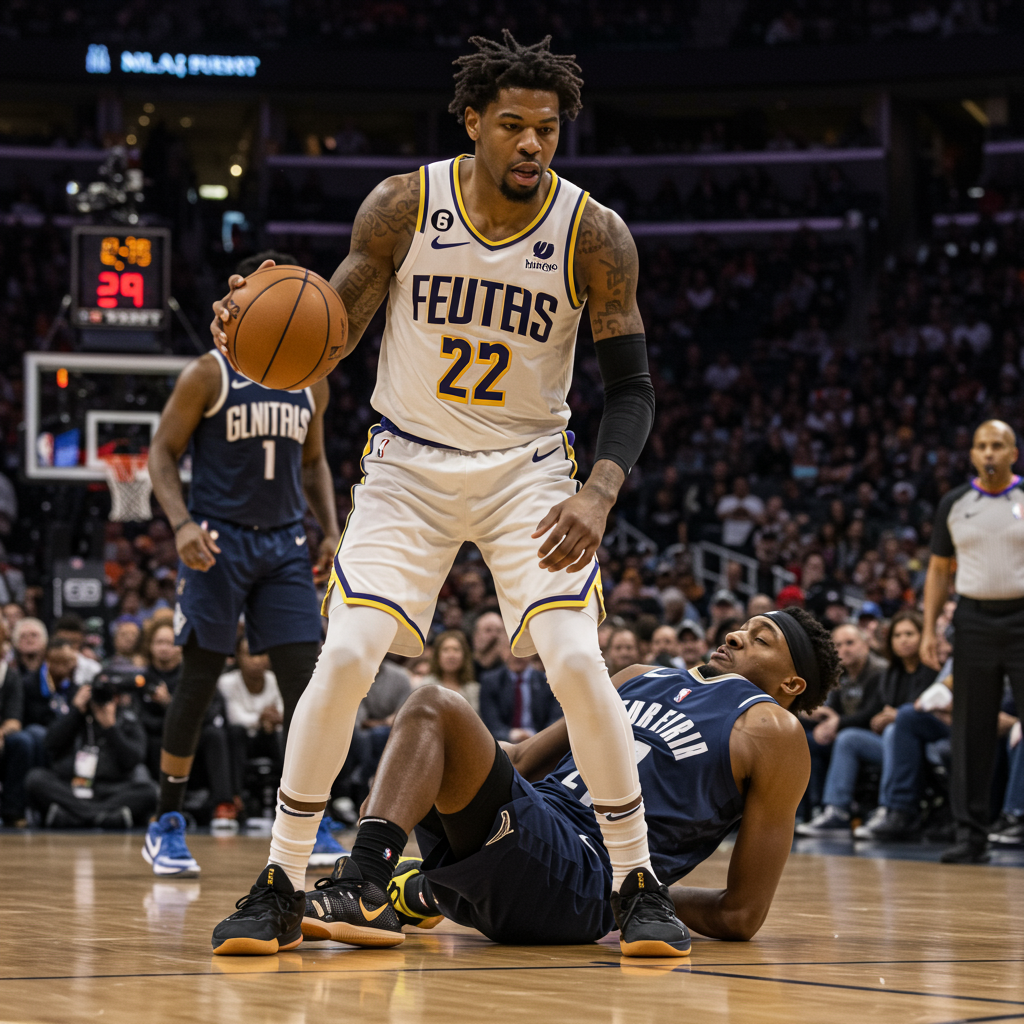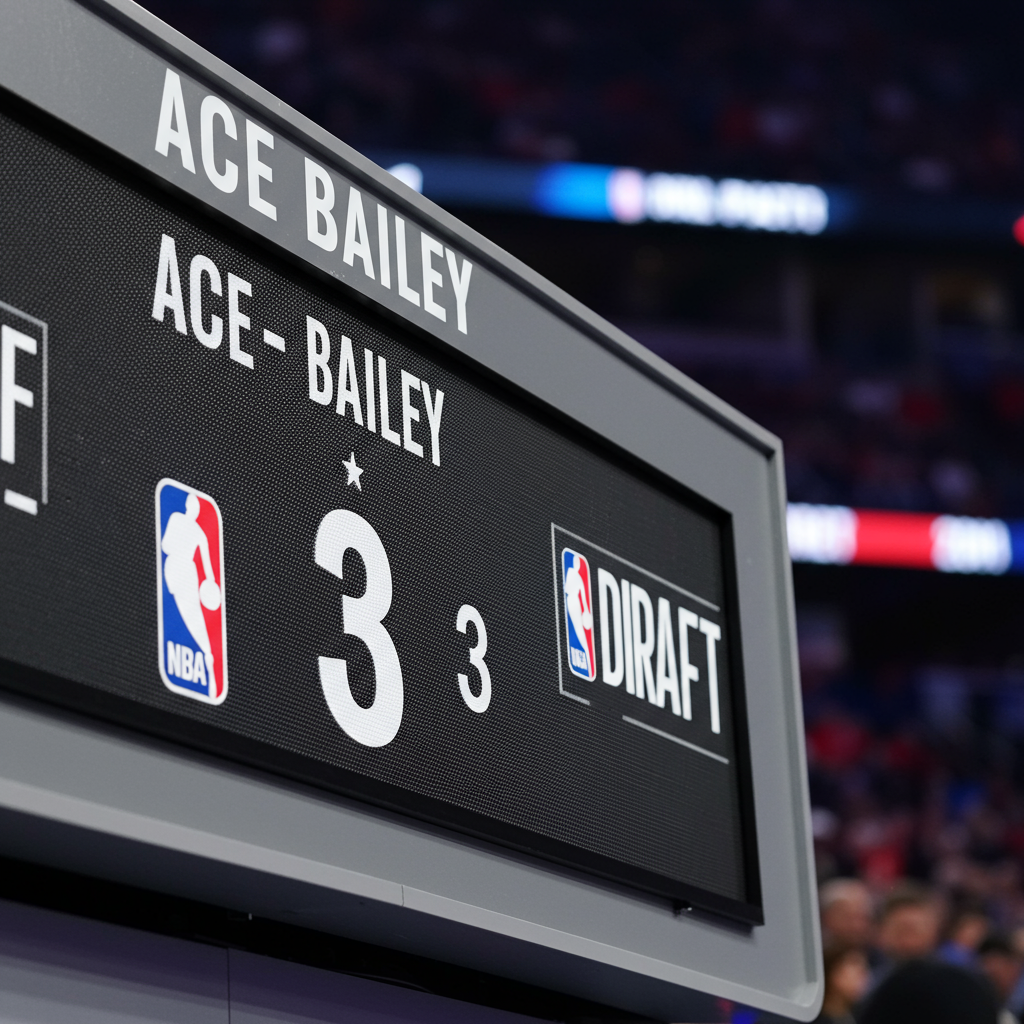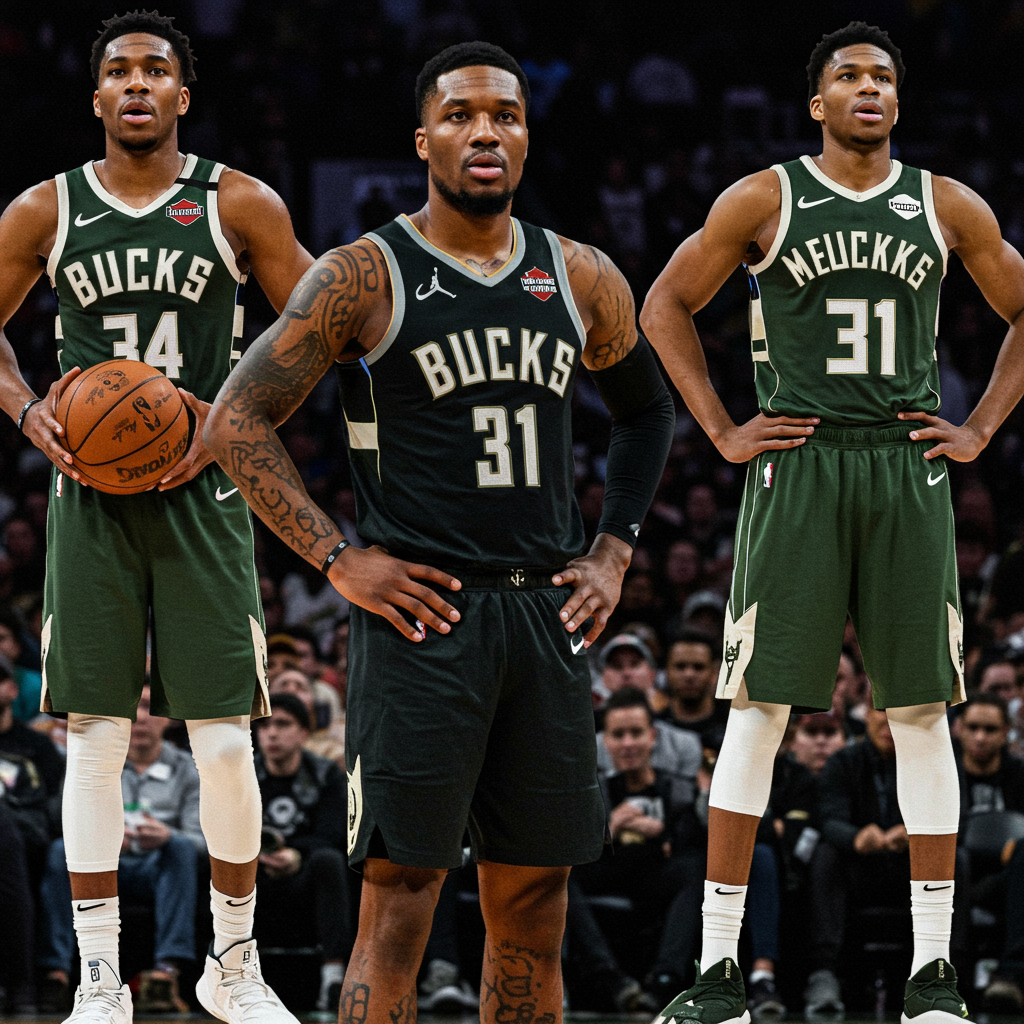With the drama and surprises of the first round complete – including unexpected trades, international sensations like Yang Hansen landing earlier than anticipated, and record draft capital accumulated by teams like the Nets – the focus now shifts to the second and final round of the 2025 NBA Draft. While the top-tier prospects have found their NBA homes, the second round offers a compelling mix of high-upside projects, experienced college standouts, and potential roster-filling specialists who could outperform their draft position.
Taking place on Thursday, June 26, 2025, live from Barclays Center and airing on ESPN and its streaming platforms, the second round features 59 total selections after one pick forfeiture. This is where teams look for value, finding players who might fill specific needs or possess intriguing tools for development.
The landscape of the second round is notably influenced by the evolving name, image, and likeness (NIL) marketplace and the strategic use of two-way contracts. Expect teams to prioritize players they’ve negotiated advantageous deals with, potentially seeing more two-way players taken earlier in the round and more “stash” candidates (players drafted to remain overseas for further development) later on.
While most consensus top players are off the board, a significant pool of talent remains, including players who analysts had ranked within striking distance of the first round.
Key Prospects to Watch in the Second Round
Several familiar names stand out among the players still available, poised to hear their names called on Thursday night. Here are some of the notable prospects and their potential fits:
Guards with Scoring & Playmaking Flash:
Tyrese Proctor (Duke): Impressed evaluators in pre-draft workouts with his shooting prowess (hitting over 40% from three last season) and ability to potentially contribute both on and off the ball. Seen as a smart player who makes quick decisions and is willing on defense, though he’ll need to add strength to handle the NBA’s physicality. He offers intriguing combo guard potential with excellent passing vision and an improved jumper.
Kam Jones (Marquette): A terrific fit for fast-paced, floor-spacing offenses. Jones is a skilled driver, scorer, shooter, and passer, drawing comparisons to successful guard selections the Pacers have made in the past. He thrived in Marquette’s system and projects as a real offensive threat.
Javon Small (West Virginia): While undersized, Small plays with grit and athleticism. He’s a reliable catch-and-shoot threat and a solid lead guard capable of getting to the paint despite his size, making him an effective pick-and-roll playmaker.
Defensive Specialists & Versatile Wings:
Noah Penda (Le Mans): Widely considered by some analysts as the top player remaining on the board. Penda is a “Swiss Army knife” forward known for his versatile defense, ability to handle the ball, pass, and high feel for the game. Playing with maturity and a winning mindset, his long-term impact hinges on his jump shot development, but his switchable defense and passing provide a strong foundation.
Sion James (Duke): A big, physical guard prized for his serious defensive capabilities and switchability. James can take on various assignments thanks to his strength and disruptive hands. While his offense is still developing, he’s shown good decision-making and improvement as a shooter, becoming a more crafty playmaker who facilitates ball movement.
Jamir Watkins (Florida State) / Alijah Martin (Florida): Both high-energy, athletic players valued for their defensive effort and ability to defend multiple positions. Watkins can initiate offense and drive, while Martin compensates for his size with toughness and rebounding. For both, consistent jump shot development is key to securing a consistent off-ball role.
Micah Peavy (Georgetown): A switchable wing stopper with NBA-ready defense, instincts, and passing feel. If his improved jumper at Georgetown proves legitimate at the NBA line, he has the potential to be a valuable rotation player for years.
Intriguing Big Men:
Maxime Raynaud (Stanford): A big man (7-footer) with appealing offensive versatility – he can dribble, pass, and shoot, showcasing smooth handling and impressive passes. Despite needing to improve his quickness, his intelligence and consistent improvement suggest a strong chance of securing an NBA role.
Ryan Kalkbrenner (Creighton): A traditional 7-footer excelling in drop coverage defense and near-rim scoring. While his rebounding can be surprisingly weak, his unexpected development as a passer and shooter adds layers to his game, making him more than just a paint presence.
Johni Broome (Auburn): An experienced “super senior” big who offers an NBA-ready interior game centered around scoring, passing, and defensive anchoring. His physicality and ability to establish position are strengths, though his jump shot hasn’t progressed as hoped. Some see him as potentially undervalued due to his age given his dominant production and translatable skills.
Vladislav Goldin (Michigan): A massive center with great hands and touch around the rim. Goldin is elite at establishing position thanks to his background and is seen as a potential third center option for teams needing interior size and skill.
Amari Williams (USA): Offers excellent passing ability for a big man, capable of running actions from the top of the key. Though slow footed defensively, he uses his impressive 7-6 wingspan effectively on the interior, profiling as an intriguing developmental third center.
Rocco Zikarsky (Australia): A legitimate 7-3 project with raw tools that leap off the page. Despite dealing with injuries as a young NBL player, his size, long arms, fluidity, and good hands make him a worthwhile flyer for teams seeking true size for the future.
Shooting Specialists:
Koby Brea (Kentucky): Hailed as perhaps the best catch-and-shoot artist in the class, Brea’s shooting numbers over the last two years are historically relevant. His clear path to an NBA rotation spot relies almost solely on his elite three-point stroke, requiring him to improve his athleticism to avoid being a defensive liability.
Chaz Lanier (Tennessee): Seen as a premier shooter, Lanier excelled at shooting off screens and converted nearly 40% of his threes, averaging 18 points. He projects as a very real floor spacing threat at the next level and could earn a guaranteed deal.
John Tonje (Wisconsin): Coming off an All-American season, Tonje provides a strong physical frame and a notably good jump shot (39% from three, 90% from the line). Entering the league at 24, he offers ready-made skills as an off-ball scorer, with his ultimate role depending on his athletic ceiling and defensive capability.
The second round is a testament to the depth of talent available globally and the varied approaches NBA teams take to roster construction. From powerful defensive wings and skilled, versatile bigs to lights-out shooters and raw athletic prospects, teams will meticulously select players they believe can either contribute immediately in a specific role or develop into valuable assets down the line. This is where future rotation players and potential steals are found, adding another layer of excitement to the conclusion of the 2025 NBA Draft.




